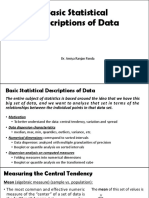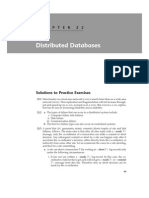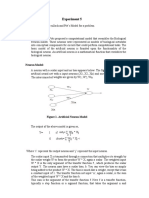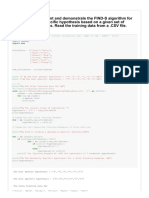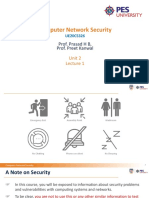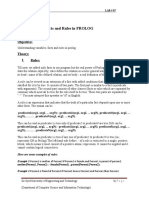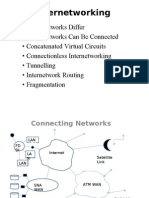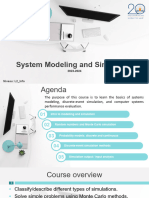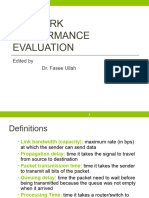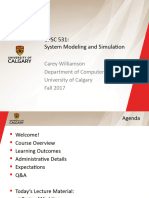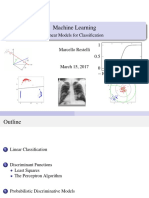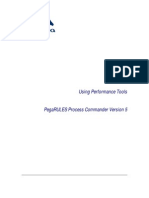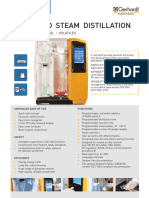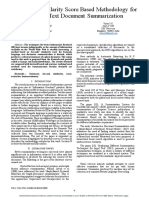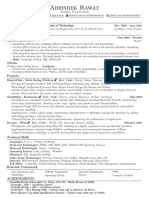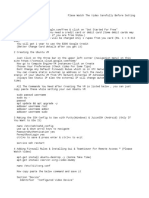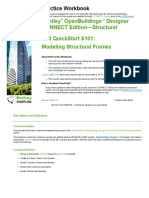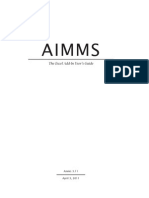0% found this document useful (0 votes)
232 views71 pages1 - Performance Modelling Introduction
- Model-based approaches to performance evaluation and quality assessment are important techniques that can be used from the early design phase of systems.
- Models provide abstractions of systems that capture essential characteristics and can be evaluated through various techniques like analytical methods, simulation, and hybrid approaches to make predictions about performance and quality.
- Simulation in particular generates sample traces of a model's possible evolutions and computes performance indices based on statistics collected over many traces.
Uploaded by
Marco CarusoCopyright
© © All Rights Reserved
We take content rights seriously. If you suspect this is your content, claim it here.
Available Formats
Download as PDF, TXT or read online on Scribd
0% found this document useful (0 votes)
232 views71 pages1 - Performance Modelling Introduction
- Model-based approaches to performance evaluation and quality assessment are important techniques that can be used from the early design phase of systems.
- Models provide abstractions of systems that capture essential characteristics and can be evaluated through various techniques like analytical methods, simulation, and hybrid approaches to make predictions about performance and quality.
- Simulation in particular generates sample traces of a model's possible evolutions and computes performance indices based on statistics collected over many traces.
Uploaded by
Marco CarusoCopyright
© © All Rights Reserved
We take content rights seriously. If you suspect this is your content, claim it here.
Available Formats
Download as PDF, TXT or read online on Scribd
/ 71
